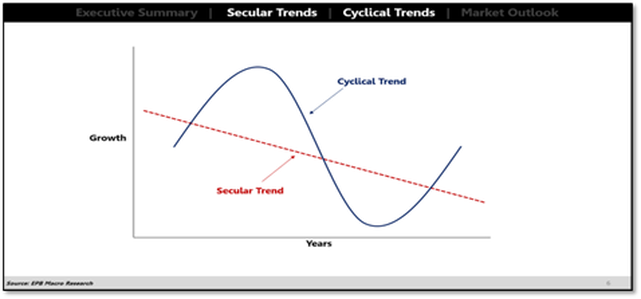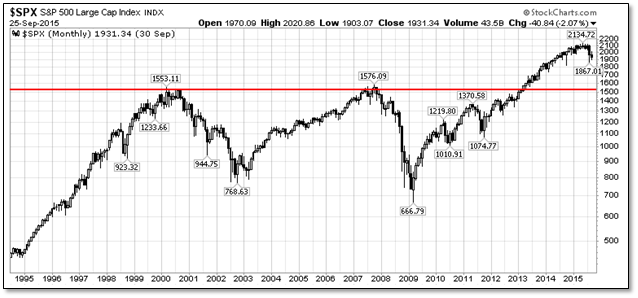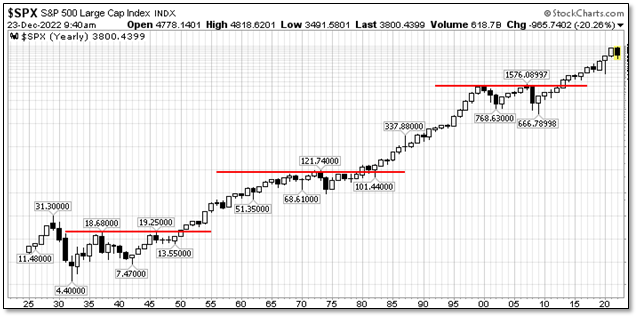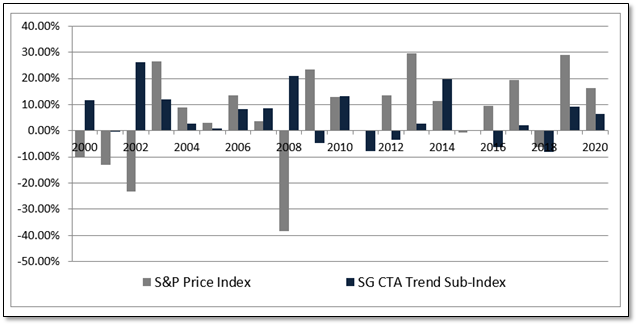|
It’s that time again. Time for the New Year’s Resolutions. Certainly 2023 has to be better than 2022, right? I am sure most of you have not thought twice about a financial or investment related resolution. In fact, I would guess a majority of you have been afraid to open your brokerage statements or look up your account balances online. That is perfectly normal behavior! However, this time around, I want to encourage you to think about an investment related resolution. What is the resolution? To move some, not all, your investment assets to an investment advisor that has the potential to protect capital in volatile markets, i.e., like InTrust Advisors. Yes, this is self-serving, but we believe the economic environment has changed and not for the better. You see throughout the last decade plus; the Federal Reserve and Other Central Banks have had your back by pumping trillions of dollars of liquidity into the markets. We are now through that period of insanity and the reverse is occurring at the same time that developed market demographics are ready to decline. The result is a weaker economic environment with an aging demographic that is spending less. The consumer has historically accounted for 70% of our annual gross domestic product or GDP. If they are spending less, this will be a drain on economy and investment markets. In fact, the largest of the generational demographic groups, the Baby Boomers, are now predominantly in liquidation and distribution mode. It will be years here in the U.S. before the next largest demographic group, the Millennials, are in their prime earning and spending years. Much of the rest of the world does not even have a Millennial demographic group. This spells demand destruction globally for years to come! There has never been a time like now and the risks to our economic way of life are substantial. However, we have had periods of excess in the past and the good news is we always make it through those periods. However, they take years to work their way through the economic system. In the past, I have written about Secular Bear and Bull cycles. These cycles are longer than typical economic cycles and the former generally are in place to rectify the ills of the past economic cycles that can only be fixed through a lengthy period of consolidation. As you can see below, there are cycles within the Secular period but the overall secular trend, bull, or bear, is the dominant force over the longer time period. Let’s take a look at a few past such secular bear cycles to visualize what we might see in the coming years: 2000 – 2013 – The Lost Decade All Three Secular Bear Periods Over the Pasts 100 Years (1930 – 1950 – The Great Depression, 1968– 1980 – The Volker Inflation, and 2000 – 2013 – The Lost Decade) What do these periods have in common? Volatility and little long-term price appreciation over a decade or more for equity markets. Now for the moment, let’s assume you have bought into the idea that you should not be entirely in index products and tracking the major benchmarks. Yes, this worked great over the past decade, but what about during the cyclical bear market periods that I just highlighted and that may have just begun with the 2022 top in the markets? Each of these secular bear markets lasted about a decade or more and you would have made zero money on a price only basis without factoring in dividends. That is a scary thought, isn’t it? However, let’s say you were to mix in some active management utilizing some trend following type models. How would you do then? Let’s take the period of 2000 – 2013 – The Lost Decade. By applying a simple moving average and using it for timing in and out of markets, we greatly enhance returns in periods like this. A 0% return for the S&P 500 price index becomes a possible 4.5% return (or more) for the active manager and his clients, plus the ride was a lot less volatile! (See disclosures below) Yes, it is not perfect, and the portfolio still underperforms vs. historical market returns. However, if we mechanically follow these signals (for demonstration only) to sell when price drops below the gray moving average and buy when it moves above that same gray moving average line, it does keep you out of the worst of the sell offs and in most of the rallies to earn positive returns. This is called trend following and if we look at trend following (SG CTA Trend Sub-Index) vs. the S&P 500 index in periods like above, this is what you find: The trend followers tend to do better when markets are declining or in periods, like above, that are secular bear market periods, like 2000 to 2013, where markets are largely volatile, and range bound.
Now you combine this active management with higher dividend paying equities (Value stocks) as this is price only in the index, higher yielding bonds, some alternative type investments such as precious metals, volatility trading positions and commodities, you could just increase your odds of dramatically outperforming during these periods. Food for thought as you nurse your New Year’s hangover and plot your resolutions for the year! If we can help, please let us know. Disclosures Past performance is not an indication of future performance and there can be no assurance that the strategy will achieve results in line with those presented in this performance summary. This document is for informational purposes only and is not intended as an offer or solicitation with respect to the purchase or sale of any security. The 4.5% return for The Lost Decade of 2000 – 2013 utilizing trend following was based on using a 13-period moving average on a monthly price chart of the S&P 500. When price closed completely below the moving average, a sell signal was generated at the closing price for that month. When price closed above the moving average, a buy signal was generated at the closing price for that month. This is a purely hypothetical example and does not factor in trading costs, if any, slippage, interest earned on cash balances between buy and sell signals nor advisory fees. The S&P 500 is a capitalization weighted index of the 500 leading companies from leading industries of the U.S. economy. It represents a broad cross-section of the U.S. equity market, including stocks traded on the NYSE, Amex, and Nasdaq. The SG CTA Trend Sub-Index is designed to represent the performance of the 10 largest Trend Following CTA programs. To qualify for inclusion in the index, a program must be open to new investment, report returns on a daily basis, be an industry recognized Trend Follower, and exhibit significant correlation to trend following peers and the SG Trend Indicator. At the end of each year all CTA programs in the SG CTA database that meet the inclusion requirements are ranked by program assets. The 10 largest programs are selected as index constituents for the following year. At the beginning of the year a hypothetical portfolio is formed with each constituent program given an equal allocation. The index daily return is simply the daily return of this hypothetical portfolio. There is no rebalancing of allocations during the year.
0 Comments
Your comment will be posted after it is approved.
Leave a Reply. |






